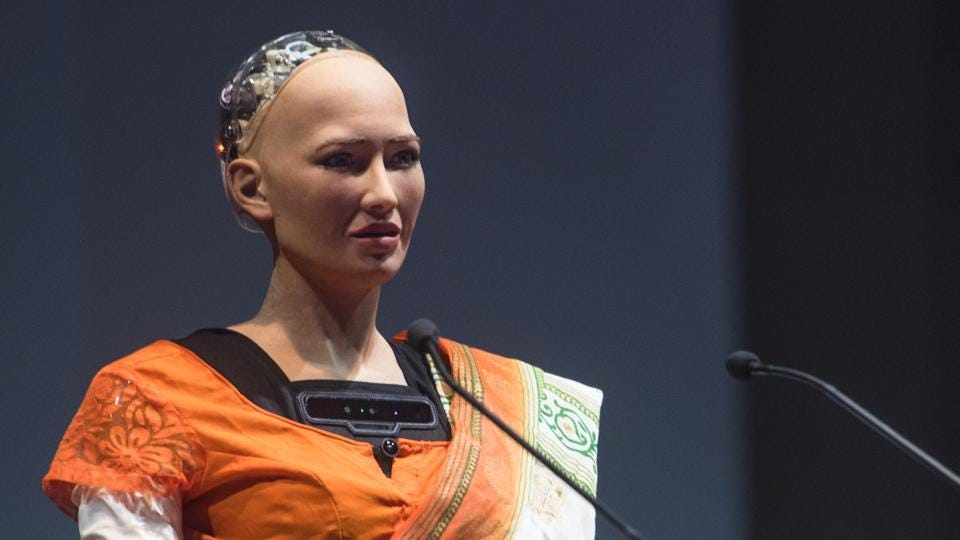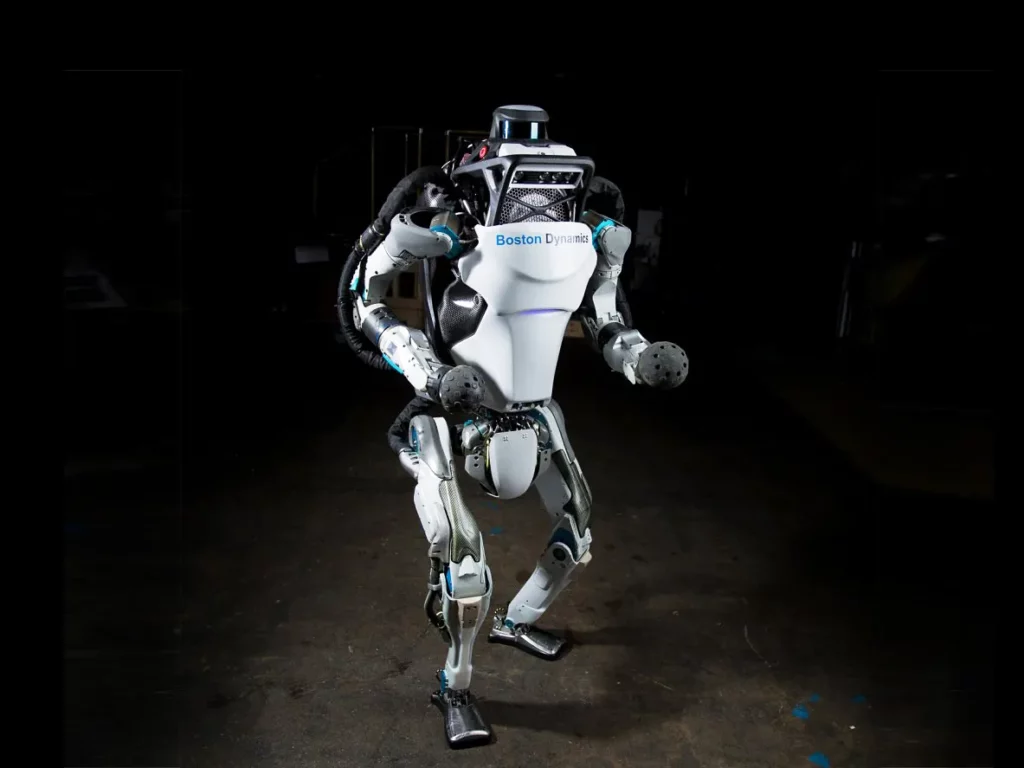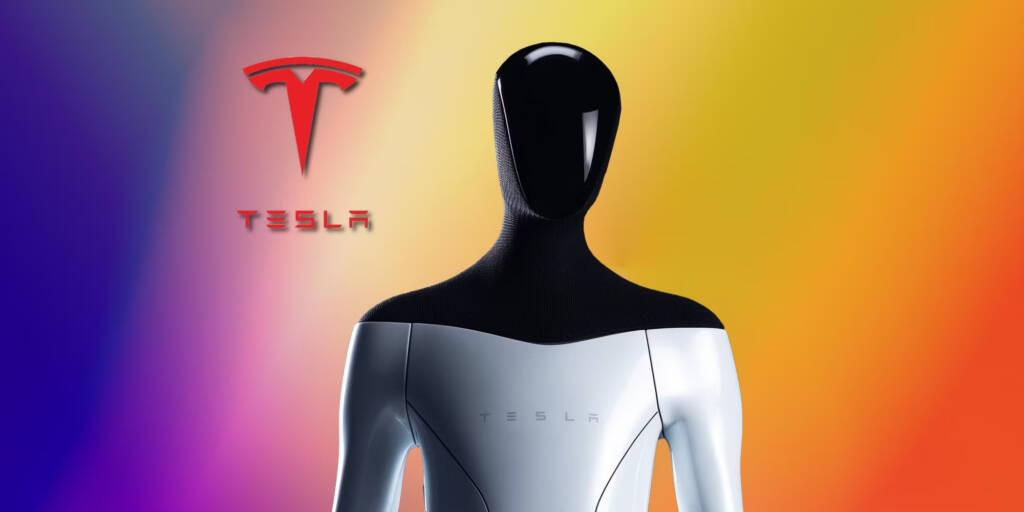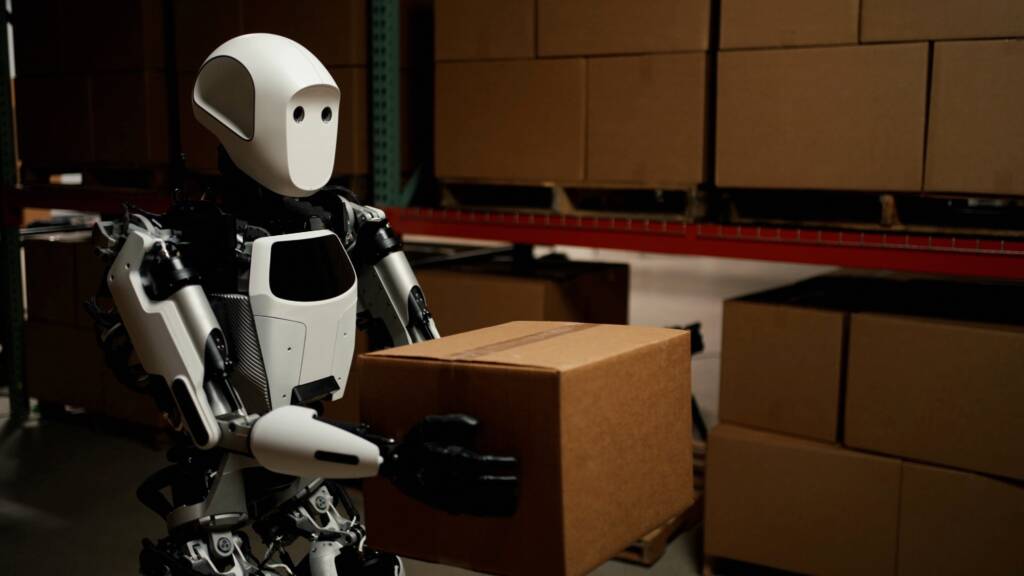Artificial Intelligence (AI) and robotics are reshaping our everyday lives. The fusion of these two technologies is creating a new breed of autonomous assistants that are set to revolutionize various sectors. From Sophia by Hanson Robotics to Phoenix by Sanctuary AI, these AI-powered robots are making significant strides in technology, and their impact is profound.
In this article, we will get to know about the eight of the most advanced AI-powered robots and their remarkable capabilities.
The Confluence of AI and Robotics
AI in Robotics
The convergence of AI and Robotics is a significant technological leap. When these two potent forces combine, they have the potential to redefine how robots interact with their environment. AI empowers robots to perform tasks autonomously, which was unthinkable a few years ago.
According to Precedence Research, the global AI robotics market was estimated at $12 billion in 2022 and is projected to reach $83.78 billion by 2032. This growth indicates that we are on the brink of an AI robotics revolution.

Sophia: The Hybrid Human AI Intelligence
Sophia, developed by Hanson Robotics in 2016, has garnered worldwide fame as a “hybrid human AI intelligence.” With the ability to walk, talk, and respond uniquely to situations, Sophia combines autonomous and scripted AI-generated responses.
Sophia leverages technologies like symbolic AI, neural networks, machine perception, and conversational natural language processing. Thus, she can recognize human faces, emotions, and hand gestures while also simulating human evolutionary psychology and
emotion.
Sophia has attracted public interest worldwide, becoming the first global robot citizen and the first robot Innovation Ambassador for the United Nations Development Programme.

Atlas: The Dynamic Bipedal Robot
Atlas, developed by BostonDynamics in July 2011, stands out as one of the most dynamic bipedal robots. It uses AI to perceive its environment in real-time, navigating through obstacles with impressive agility.
Originally developed for the Defense Advanced Research Projects Agency’s Robotics Challenge, Atlas uses an advanced control algorithm to plan its movements, a high-power custom battery, and hydraulic systems for mobility.

Phoenix: The General-Purpose Robot:
Phoenix, Unveiled by Sanctuary AI in May 2023, Phoenix is a general-purpose robot powered by the Carob AI control system. The system translates natural language input into real-world actions, mimicking human brain processes like memory, sight, sound, and touch.
Phoenix can perform tasks like sorting auto parts, scanning items, soldering, placing things in a plastic bag, and serving food. It has full-body mobility and human-like hands, enabling it to replicate human movement and dexterity.
Ameca: The Human-like Robot
Engineered Arts developed Ameca in 2022. Claimed to be “the world’s most advanced human-shaped robot,” Ameca replicates natural motion and facial expressions. However,
it currently cannot walk.
Ameca can recognize an individual’s gender, emotion, and age with its binocular eye-mounted camera. Its silicon face allows it to display various human emotions such as contentment, happiness, sadness, disgust, surprise, anger, fear, confusion, thought, joy, sneering, and worry.

Nadine: The AI-Powered Female Humanoid
Nadine is an AI-powered female humanoid robot released by Rokoro in 2013. With a highly detailed skin and hair, Nadine uses a Microsoft Kinect V2 and microphone for face and gesture recognition.
Nadine can interact with and greet individuals, make eye contact, and answer questions in multiple languages. She can also simulate human emotions and gestures, remember people she has met in the past, and has worked as a customer service agent in various sectors.

RoboThespian: The Humanoid Actor
RoboThespian is a humanoid robot developed by Engineered Arts. It can emulate human movements, including automated eye contact and microfacial activities. Users can create a library of speech, song, and movement routines for RoboThespian to perform.
RoboThespian uses Engineered Arts’ telepresence software, TinMan, for remote control. These robots function as display attractions in public spaces like trade shows, live panels, science parks, or TV shows.

Optimus: The Tesla Bot
Tesla unveiled Optimus, its general-purpose, bipedal humanoid AI-powered robot in 2021. Optimus uses multiple sensors to perceive its surroundings, enabling it to navigate its environment alongside a visual navigation system and neural networks.
While Optimus is not as advanced as Sophia or Atlas, its capabilities are growing fast. According to The Sun, the Tesla bot will eventually be able to perform tasks such as forward walking, squatting, side-stepping, turning, lifting objects, climbing stairs, and using tools.

Apollo: The General-Purpose Humanoid Robot
Apollo, a general-purpose humanoid robot developed by Apptronik, was announced in August 2023. Apollo was initially designed for warehouse and manufacturing environments but will eventually expand into other areas like retail, construction, and elderly care.
Apollo features a modular design, with LEDs in its head, mouth, and chest. It stands at 5 foot 8, weighs 160 pounds, and can carry a maximum payload of 55 pounds. It also features a battery with a four-hour runtime.
The Future of AI-Powered Robots
These AI-powered robots are laying the groundwork for the future generations of autonomous assistants. Though they’re still in their infancy, industry leaders like Hanson Robotics, Boston Dynamics, and Engineered Arts are continually pushing the boundaries of what’s possible.
With the potential combination of artificial general intelligence and advanced robotics, we could witness the development of machines that can independently navigate their environments in the near future. The rise of AI powered robots truly signifies that the future is now.